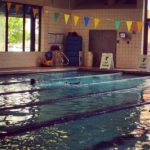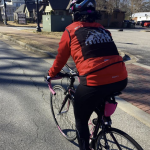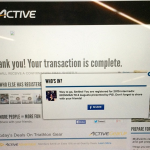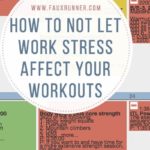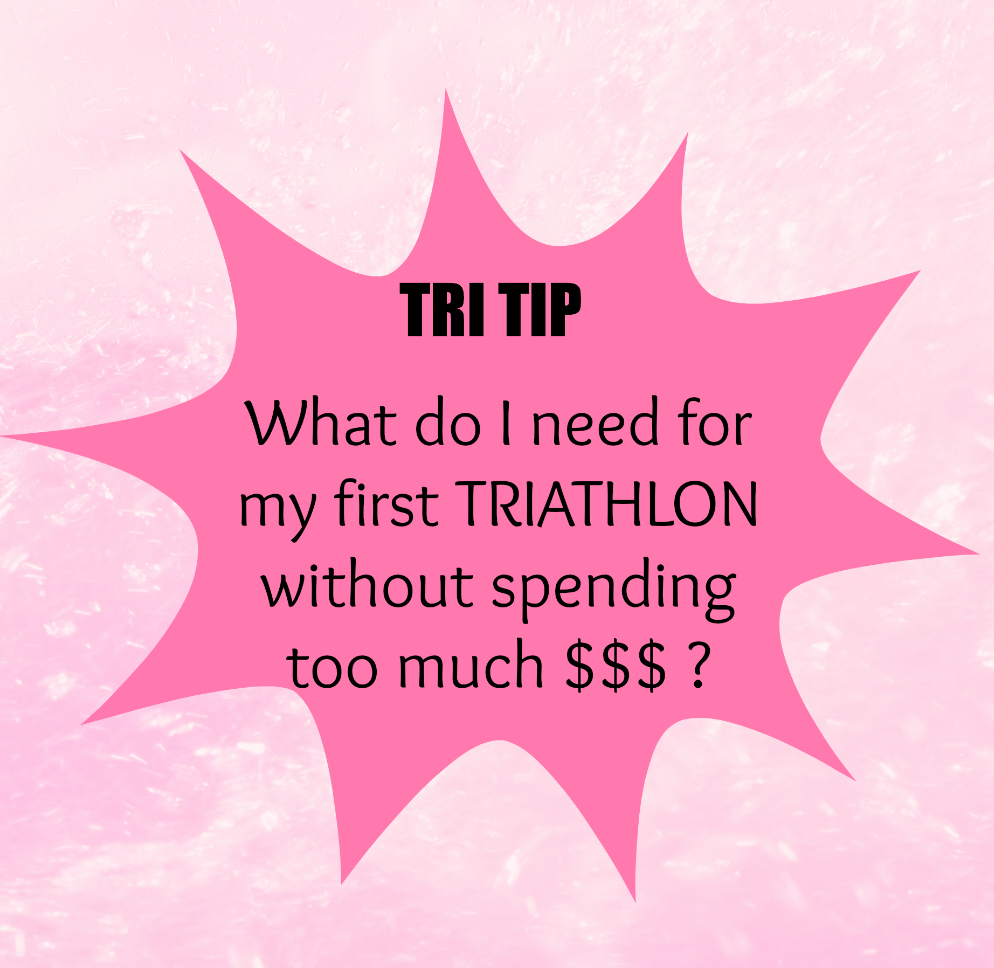
What do I need for my First Triathlon
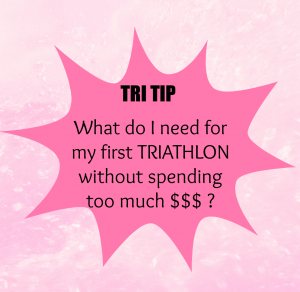
So you want to Tri? You are a brand new wannabe triathlete and you don’t know where to start or how to sift through the overwhelming information. This post “What do I need for my First Triathlon” is meant to help a newbie who is looking to do their first triathlon (or an only triathlon) and does not want to spend anything more than they really have to.
When I did my first triathlon in 2011, I was a newbie runner (a newbie out of my couch actually) and wanted to just “do a triathlon”. Once I learnt that not all triathlons are all day events like the Ironman World Championships at Kona shown on NBC, I picked the shortest (and easiest) one that I could find. Training was relatively easy – I had to swim, I had to bike, I had to run and I had learn to put it all together. There were many plans that I could get from the internet and I chose an easy one from BeginnerTriathlete.com.
But I soon found out that doing an actual triathlon was very different from doing the triathlon training.
When I started looking into how to get ready, the ton of information overwhelmed me. All I wanted was to check off a triathlon from my bucket list and here were people talking about alien helmets, weird hunched over bikes, $100+ “kit”, and more. My concern, like I’m sure a lot of newbies have, was over spending over something I wasn’t even sure I wanted to continue doing.
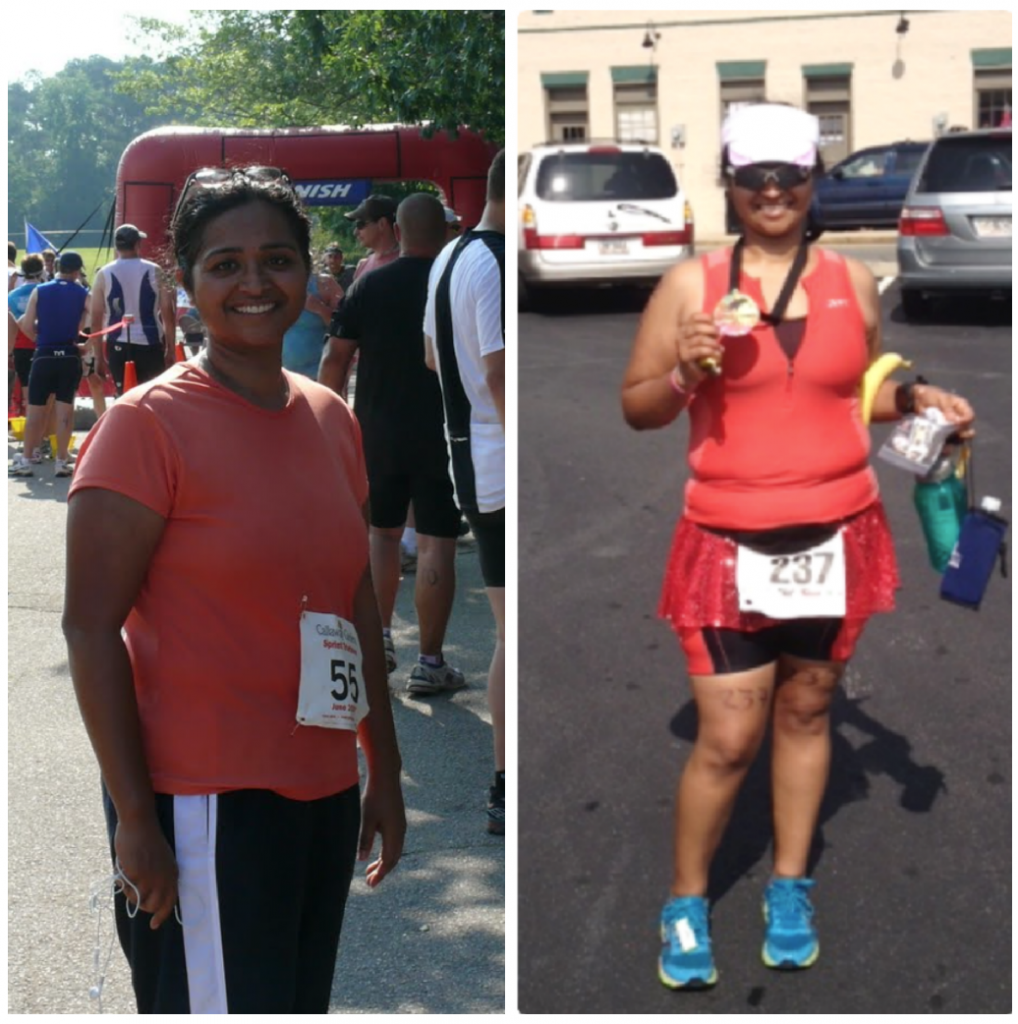
So I broke up the bare basic necessities for a triathlon into the 3 sports. I am sharing this “What do I need” based on what I did for my first triathlon (when I did not know anyone who had done a triathlon and did not know that groups/clubs existed for training and guidance).
Swim
Goggles – A well fitting pair (or two) is a must. Unless you have third eyelids that help you swim without goggles. I had a tough time finding a pair that wouldn’t leak and I have finally settled on a cheap speedo pair from Target and the more expensive AquaSphere Kayenne. As long the goggles fit, you are good to go. Although you might want to make sure that the tinting on the goggles work for the kind of weather you have on race day.
Swim Cap – Almost all races seem to provide one to identify participants. But for girls with medium/long hair, I bet you use one in the pool anyway.
Bike
Helmet – You will not be allowed to ride without a helmet. And rightly so. (A cyclist without a helmet is an organ donor. Don’t risk this.). I had a $18 helmet from Target because I knew was that all helmets pass the safety standards, no matter the cost.
A Bike – Du’h! It is very easy to get carried away when you see some of the amazing bikes that other triathletes have. There is always going to be a better bike than the one you just saw. But all you need is “a” bike. Road bike, mountain bike, cyclocross, anything. I did the first triathlon on my husband’s mountain bike. I replaced the mountain bike tires with hybrid tires because they were old. However, take the time to get the bike tuned up at a mechanic’s, just so you don’t have any surprises on race day (We hadn’t used the bike the past 4 years and getting a tuneup discovered quite a few rusty bits on the chain.)
You might want to add in a water bottle. I had a plain disposable bottle with me for my first triathlon. Even though it was only 10 miles long, I remember stopping and taking a few sips. (I still can’t drink and ride at the same time! Ah well, always room to learn more.)
Shoes and Socks – I had not even heard of clip less pedals and cycling shoes when I did my first triathlon. So plain old running shoes doubled up as everything for me. When I did my next triathlon 2 years later, I was afraid of clipless pedals and chose to bike in my running shoes again. Really serious athletes don’t use socks for sprint triathlons. I prefer to use socks just for comfort (even though the socks get soaking wet during the bike ride from the water dripping after the swim. Or maybe that is my cheap kit not drying off properly).
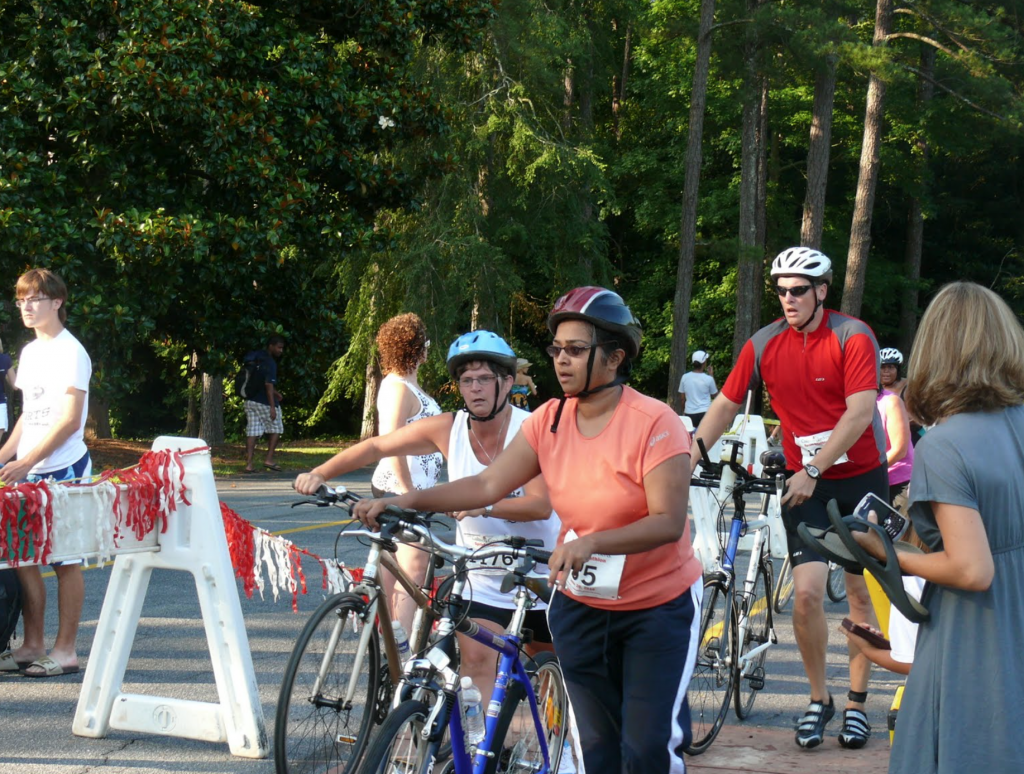
Run
Running Shoes – A well fitted pair of shoes that will take you from Sprint triathlons to marathons.
Race Number Belt/Tshirt to which you have the bib pinned – You will need to wear your race number for the run portion. And the best trick is to use a race number belt. But if you don’t want to spend the $10 for it (No judging, I didn’t want to spend anything extra for my first tri), you can pin it to a shirt just like a road race and wear the shirt before starting the run.
Transition
T1 and T2 or simply “transition”, is where you physically transition from one sport to another. T1 is the first transition when you go from swim to bike and T2 is the second transition when you go from bike to run. It is characterized by bike racks and is also the place where you keep your items (e.g. – helmet, shoes, …) that will take you from one sport to another.
What I usually use for transition is a towel (or transition mat) to put your gear on (I use an old hand towel), a bottle of water to wash away the sand after swim and a washcloth to dust away sand/quick wiping of wet legs. I have never felt the need to sit down, so I don’t need anything else.
Where you rack your bike is usually assigned by your race number. The races I’ve done give a range of numbers for one race and the “best” spot is supposed to be at the ends. You need to get in when transition opens for these coveted spots (races also specify when transition opens in their race instructions). I like being there early just so I can put my stuff up without being under anyone’s foot.
Some transition tips –
- Remember where you racked your bike so you don’t spend time running around looking for it! Look for a landmark, a tree maybe, that you can spot as soon as you get out of the water. Don’t use movable objects like trashcans as spotters in case they get moved.
- Practice! Layout whatever you need and play around with the positioning that makes most sense to YOU.
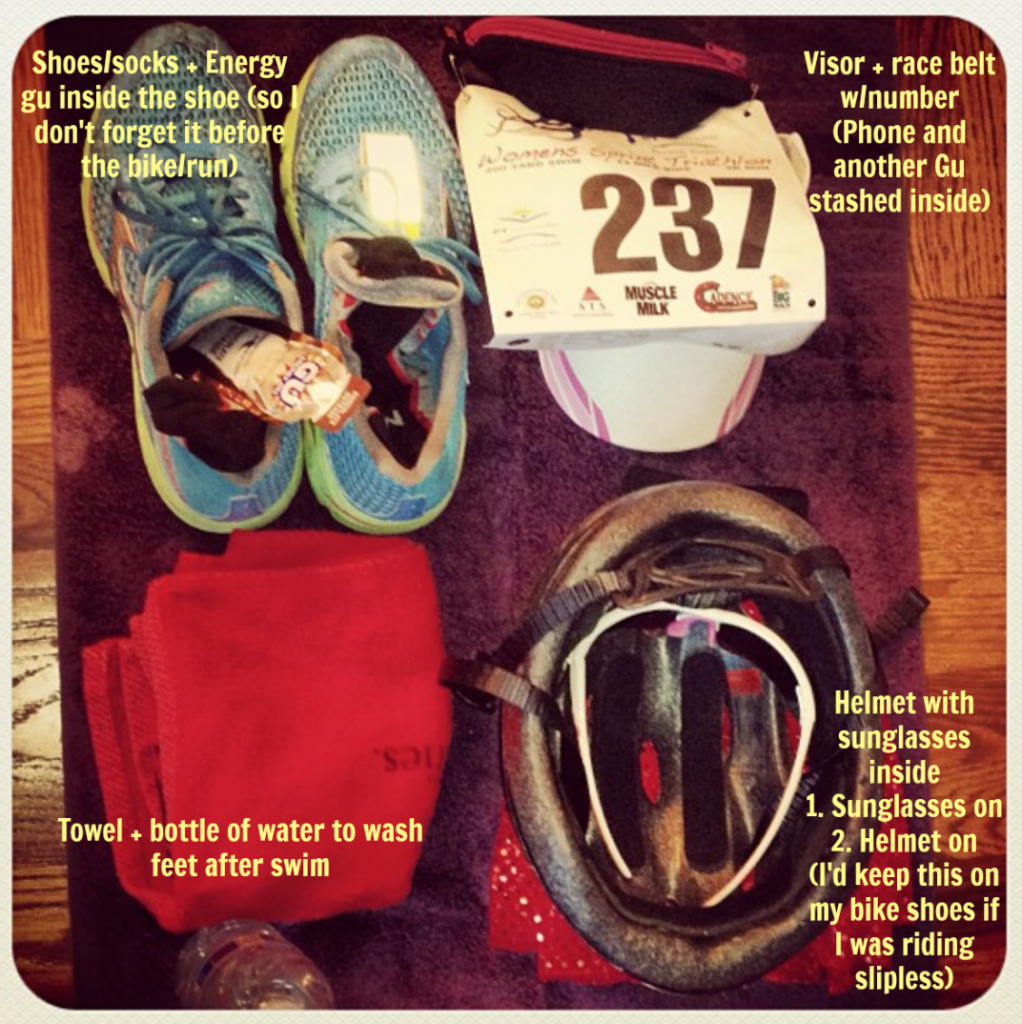
I use ziploc baggies to group what I need separately instead of having to dig into a big bag.
- USAT details WHERE you keep this transition setup on race day. If you are confused, ask a volunteer or someone nearby who looks like they know what they are doing.
- One thing to remember in transition is that there is a “bike mount” and “bike dismount” line. You will need to push your bike (or run with it) until you cross the bike mount line to start riding, and will need to get off before the bike dismount line when you are done. Helmet clipped on at all times.
- Be courteous and don’t knock off other people’s stuff in that mad rush. To win it or to finish it, we all want to enjoy and come back for more.
Now that you have the 4 part of the “tri”athlon covered, we revisit the important question –
What to Wear?
The general idea in a short triathlon (anything less than the 140.6 Ironman usually) is that you don’t take off what you wear. So you swim, bike and run in your triathlon suit/kit. No taking clothes off, no putting on new clothes, … nothing (Unless you are using a wetsuit for a swim, which I will visit a little further down).
A triathlon suit/kit is made of wicking, fast drying material that has a thin layer of padding on the bottom. The thin padding dries out much faster when you are on the bike and it offers some protection from the saddle. If you have the choice, I’d recommend a two piece kit over a single piece triathlon suit; I find it easier to take a quick restroom pitstop before the starts in a two piece kit than a single piece suit. Plus you can mix and match the pieces if you are a little .. umm.. unusually shaped.
Where do you buy one?
Triathlon clothing is notoriously sized weird. Don’t be surprised if a Medium, your normal size in all other clothes, looks like it could only fit a doll. Because of this, I’ve found a brick and mortar store to be the best place to buy one. I’ve also ordered online after carefully reading sizing reviews.
What if you don’t want to buy anything extra?
My first triathlon was to be a one and done ‘bucket list’ item and I was on a tight budget, so I wasn’t inclined to spend any extra $$. With a little bit of research, I rigged a “tri outfit” from what I had. I think a Sprint (and perhaps Olympic) distance can be done without buying a triathlon suit. Your swimsuit and some vaseline/aquaphor/bodyglide will be your $10 investment instead of $100, as long as you are prepared to be a little uncomfortable on the bike saddle.
In my first triathlon, I wore my regular swimsuit (it was a grannie 2 piece!!). I had my regular sports bra underneath the swimsuit. After my swim, I slipped on a Tshirt and bottoms for the bike and run. Yes, my behind looked like I had sat on a wet cushion but since I had liberally lathered myself with body glide everywhere, twice, I escaped the chaffing that could be expected from such hodgepodge. And I was used to riding the bike without needing extra padding.
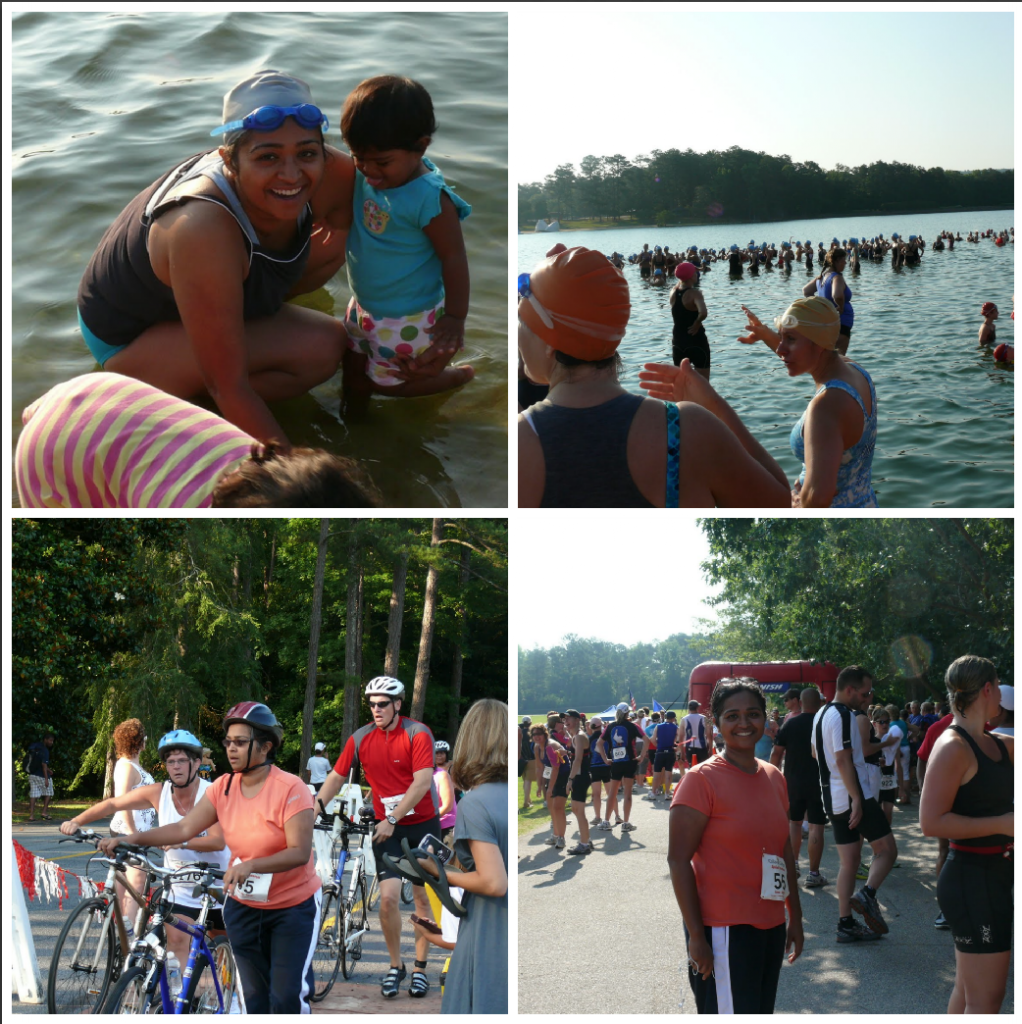
Do you need a wetsuit?
If the water is “wetsuit legal”, you might want to buy one. Here is a nice write up from All3Sports.com about the what, why and how of wetsuits.
If you thought shopping for a swimsuit was depressing, wait till you try shopping for a wetsuit. If you are buying one online, look at the measurements carefully before making your decision to order. You can also rent wetsuits for the race day, if needed. Make sure to practice swimming with a wetsuit. They make your body feel different in the water. I had a panic attack with a wetsuit when I couldn’t exhale completely and breathe to relax because it was tight in my chest.
You wear your wetsuit on top of your triathlon kit, so after the swim you get the wetsuit off and away you go!
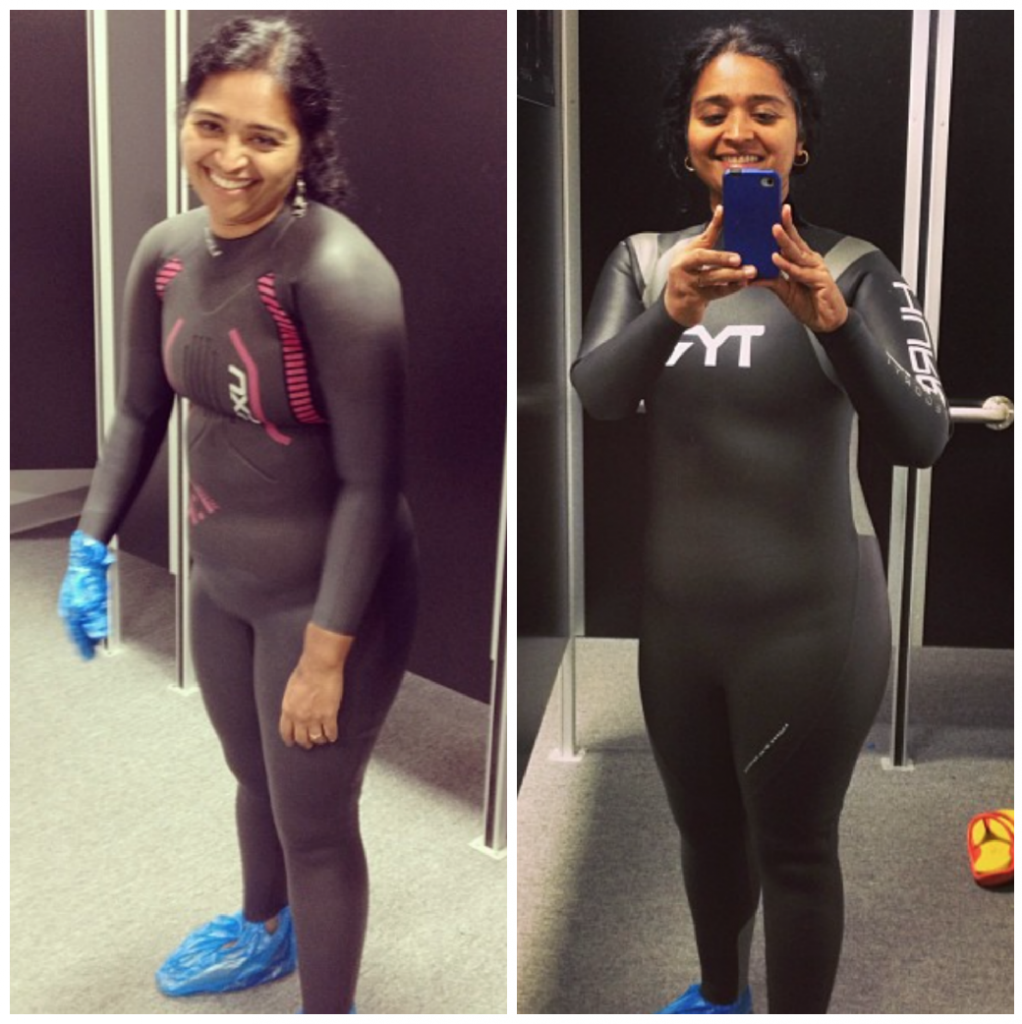
What to eat?
Nutrition is a very personal choice and you will need to try what works for you. I approached my first triathlon like a long run – I needed to eat breakfast, “clear my stomach” and I needed to fuel every 45minutes or so while racing.
Since getting to a triathlon seems to be an earlier saga than a running race (if there is no pre requirement of a previous day bike drop off), I followed the same process as I did for a run after I woke up and had breakfast at home. I carried a banana with me that I ate about 30minutes before the swim start. Since I was super nervous, this was the best option for me. I had a gel before starting out on the bike and another before the run.
There are plenty of thoughts on how to fuel yourself. Here are some sample links for different ideas.
Active.Com – Race Day Nutrition for Sprint and Olympic Distance Triathlons
IronGirl – Sample Nutrition Plans
USAT – Fueling for the Sprint Distance
Here is an easy checklist that will help you with the question “What do I need for my First Triathon”.
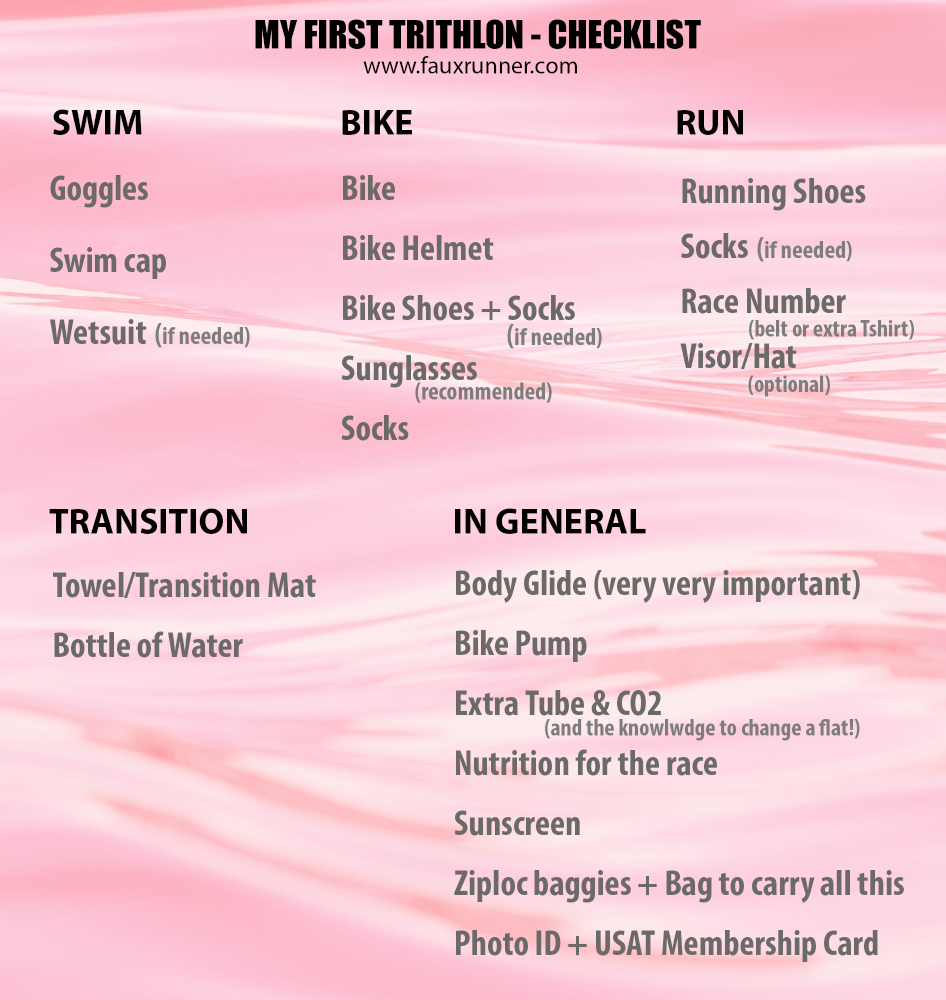
Whatever gear and clothing you decide on, remember that comfort takes precedence over looks (although I am not the right person to preach that). Triathlon is a fun sport and the fact that you have THREE sports in one day makes it all the more fun (and maybe a little bit challenging). Before you know it, you will be signing up for more! Enjoy the journey and enjoy the race day.
Is there anything you can share that can be added to the list? Do you have any tips for new triathletes?
